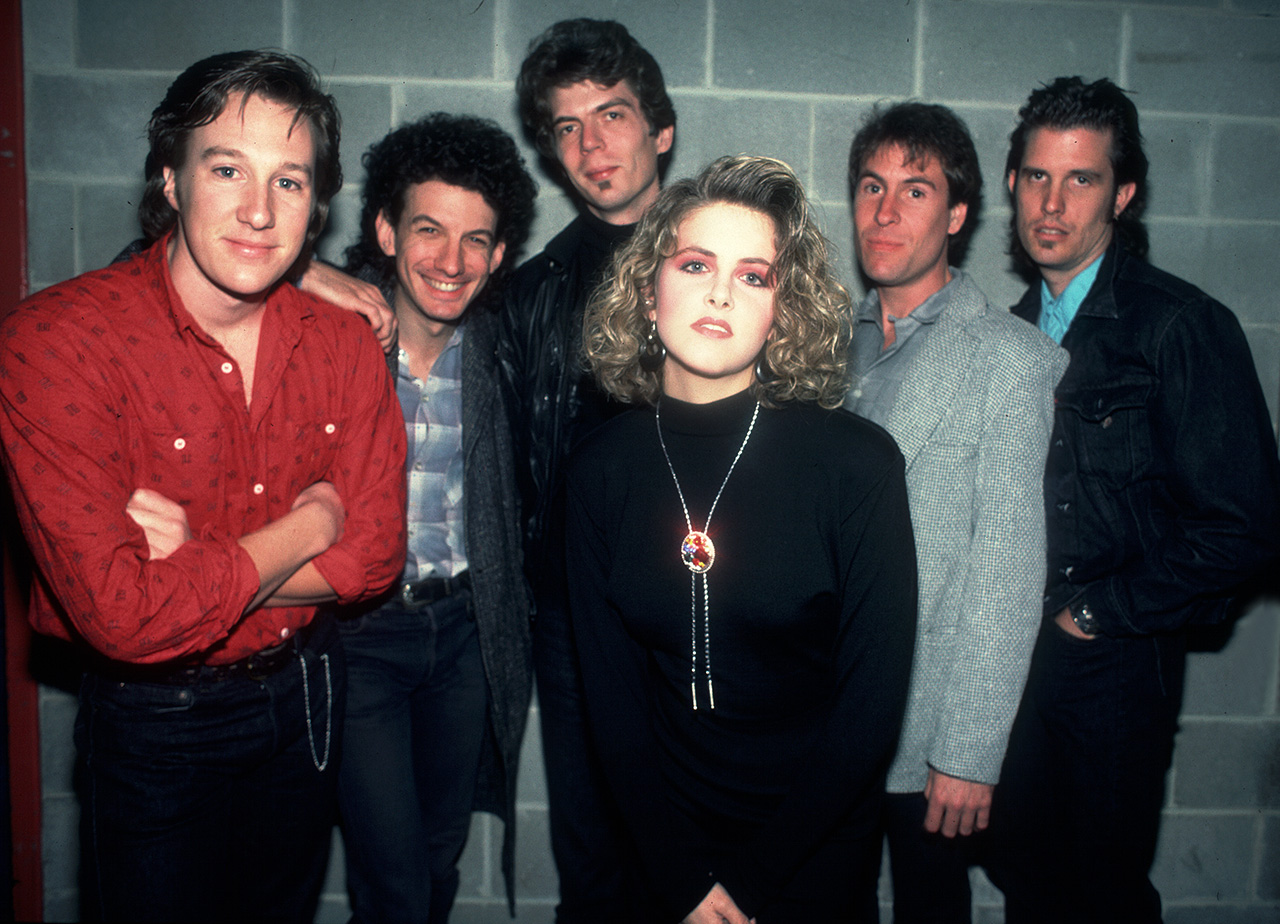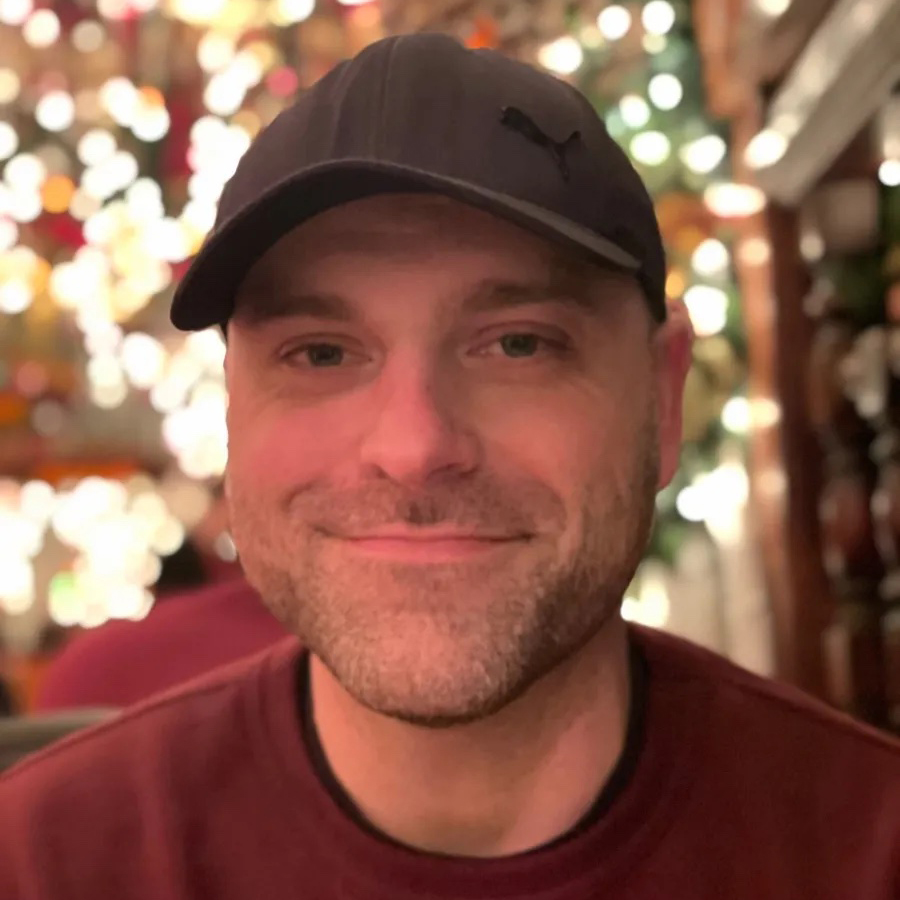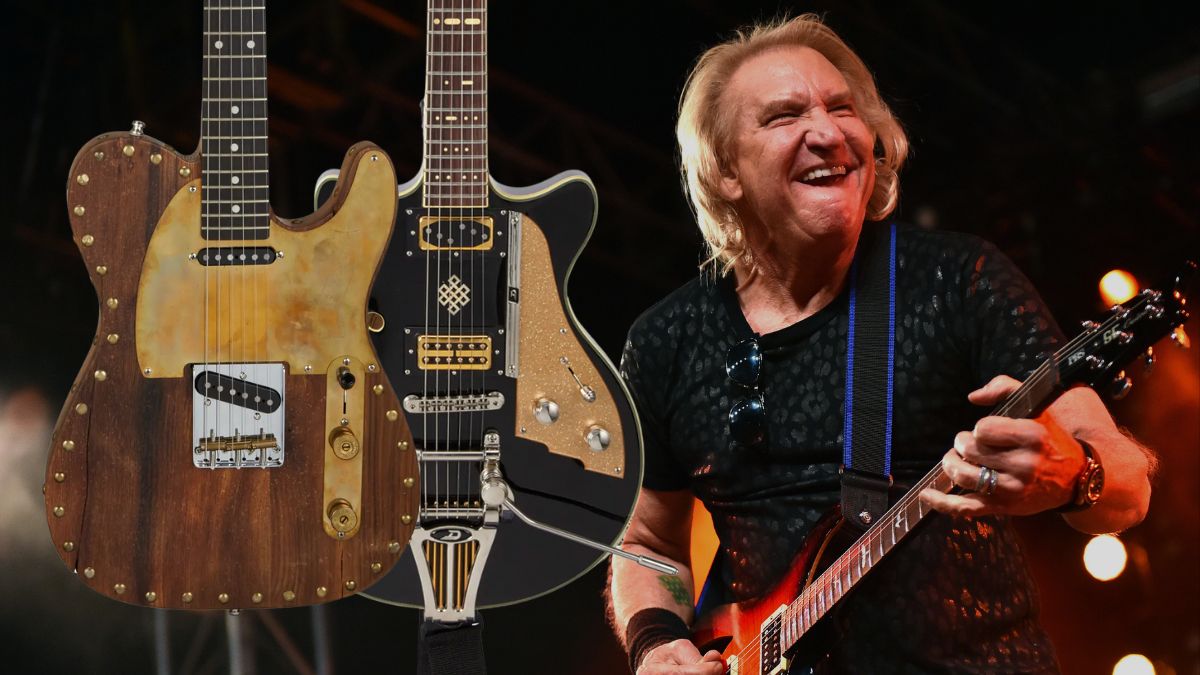“It took me a few years to figure out that if you’re going to play Fender guitars, you play with Fender amps”: Ryan Hedgecock stuck to his own creative path, even when Lone Justice were torn apart
The country crossover pioneer’s desire to explore the “indigenous sound of LA” has never left him – and it’s bringing about a full-circle moment as he reactivates Parlor James and plans a hardcore cowpunk solo record

Ryan Hedgecock formed Lone Justice in the early ‘80s as part of his journey from glam-loving kid to punk-meets-country Tele slinger, aiming to express “the indigenous sound of LA.” He nearly did it too – with the big-voiced Maria McKee out front, Lone Justice took the city by storm, garnering praise from Dolly Parton and Linda Ronstadt, before signing with Geffen Records.
“People liked that we were doing something with country music that hadn’t been done before,” Hedgecock says. “The emphasis was on good songs. I was trying to push guitar stuff into a place that nobody was going with country guitar at that time.”
The band’s self-titled 1985 release more or less did that, with help from Tom Petty and Mike Campbell, who wrote the notable song Ways to Be Wicked. The result may have been slicker than Hedgecock wanted, but it helped Lone Justice reach number 56 on the Billboard US 200 chart.
Mike Campbell has fond memories of the time. “I love the rhythm and riff of that song,” he says. “And I love the lyrics Tom wrote. It’s got pretty simple chords; it’s kind of Stonesy in the way it turned out. Tom wrote it with the Heartbreakers, but never got it quite right. So Lone Justice took it and did a great version of it. It’s a really powerful song.”
Despite the high points, Lone Justice’s second album, 1986’s Shelter, sounded nothing like the group Hedgecock had founded, and he left after its release. He went to New York, formed Parlor James with Mose Allison’s daughter Amy, and he’s been all over the map since. Lately he’s been digging into LA’s blues scene, and plans to return to his roots with “a hardcore cowpunk album.”
He reflects: “Lone Justice were really powerful, but it got out of my hands. I’ve always kind of felt like I started a fire and it burned the whole house down.”
What kind of music were you into as a kid?
All the latest guitar news, interviews, lessons, reviews, deals and more, direct to your inbox!
“I grew up toward the end of corporate rock and I had my musical awakening around the time of glam – but I was done with that by the time I was 14 or 15. My friends were into Styx and Foreigner, but I didn’t relate to that.
“I became a Deadhead. I followed the Dead for about four years, and that really informed who I became as a musician. Then I discovered Elvis Costello and the LA punk scene, and I threw myself into that full-on.
“I eventually got into some rockabilly that was happening within the scene. When I saw The Blasters, that was like when other people saw The Beatles. I knew I wanted to have my own band.”
What led to the proper formation of Lone Justice?
“I didn’t really relate to punk as much because I didn’t have the angst that a lot of people in that scene had. But once I saw The Blasters and X, it started to make a lot more sense to me. And I‘d started to meditate on why rockabilly artists’ music gets softer as they get older. Why didn’t it retain the initial enthusiasm? I began to go down that path, and that’s what Lone Justice became.”
So, you had a concrete sound in your head by the time you met Maria McKee?
It took me a few years to figure out that if you’re going to play Fender guitars, you play with Fender amps
“She was in the rockabilly scene; I was kind of over it but I still had friends there. She really wanted to have a rockabilly band, but I told her I wasn’t interested in that, but there was something else I wanted to do. I had this sound in my head that I was looking to do, so I brought her in on that. We started playing clubs all the time.”
There’s a rumor that Lone Justice stole the show at the Whisky one night when Albert Lee was to headline. Is that true?
“That never happened! I never met Albert Lee, and we never played at the Whisky. Maria had been there to see her brother when she was a kid; but no, we never played there with Albert Lee.”

What was your rig like when you recorded Lone Justice?
“I was playing a Fender Telecaster all the time. I had one of the first reissues they did. I was still trying to figure out what the right amp was – it took me a few years to figure out that if you’re going to play Fender guitars, you play with Fender amps. So I probably played through a few studio amps on the first record.”
What led Tom Petty and Mike Campbell to become involved via Tom’s song, Ways to Be Wicked?
“It was through Jimmy Iovine. When we signed with Geffen there was a whole parade of producers, and we settled with Jimmy, who brought a lot of famous friends with him. Petty and Mike Campbell took us under their wings.
“Geffen thought we were too young to write our own songs. Bob Dylan wrote a song for us, Petty had that song for us, and Bruce Springsteen had a song for us. We listened to all of them – but Petty came into the studio and played it for us and hung out with us.
“He was a great guy and a real solid musician. He was a lot closer to us than Jimmy Iovine. Jimmy’s influence on the band proved to be not a very good one. He really didn’t understand the band at all. He had no idea. His first thing was to try to divide the band. He came in and pretty much just pulled Maria away. And then management did the same thing.”
Is that why you left after Shelter?
“They separated us from my vision of what the band should have been. You can hear it on the records. And when you get into Shelter – I have nothing to do with that record. That was Jimmy’s calculated idea of what a hit record should have sounded like in 1986. I left after that.”
But Shelter wasn’t a hit; it seems like a missed opportunity to let you guys do what you came to do.
We were young, and we had a cute girl with a great voice, and that’s just perfect fodder for the record business
“It doesn’t make sense to me even now, 40 years later. We’re in the Country Music Hall of Fame right now, and they don’t even talk about that – they’re only interested in what happened before. We were way ahead of our time.
“But we were young, and we had a cute girl with a great voice, and that’s just perfect fodder for the record business, for how they like to tear stuff apart. And Maria was really into being a star, so all of those things worked against us.”
Do you regret not being able to see Lone Justice through in the way you wanted?
“To a point. We were really onto something. What I had tapped into with Lone Justice was the sound of Los Angeles; we found this hillbilly, honky-tonk kind of sound that nobody was doing. But things work out the way they work out.”

What did you do next?
“It took me years to recover – but I never lost my love for music or my direction. I never lost my artistic point of view. Los Angeles was too much for me because everywhere I went, I was kind of haunted by that.
“I moved to New York and eventually, I met Amy Allison, Mose Allison’s daughter, and we put a band together called Parlor James. I got to go back to my original vision, although it had gotten a little darker.”
Who are you as a player today, and what gear are you using?
“I’m still the same player I was back then; it’s hard for me to define. I respond to good songs and I’m still trying to get better. The beauty of music is that I’ve never gotten to the level that I wanted to. There’s always some other place for me to learn.
“As for my rig, lately I’ve been using a Duane Eddy Gretsch through an old Reverb Rocket. I’ve been getting some beautiful tones. I play a lot down in the indigenous blues scene in South Central, Los Angeles; when I’m there I’m playing a Fender Stratocaster. I haven’t been playing the Tele as much.”
What’s next for you?
“Another album with Parlor James. And then, on my own, I’m thinking about doing a straight, hardcore cowpunk record. It’ll be the first time I’ve approached that since I left Lone Justice.”
- Follow Hedgecock’s developments via his website.
Andrew Daly is an iced-coffee-addicted, oddball Telecaster-playing, alfredo pasta-loving journalist from Long Island, NY, who, in addition to being a contributing writer for Guitar World, scribes for Bass Player, Guitar Player, Guitarist, and MusicRadar. Andrew has interviewed favorites like Ace Frehley, Johnny Marr, Vito Bratta, Bruce Kulick, Joe Perry, Brad Whitford, Tom Morello, Rich Robinson, and Paul Stanley, while his all-time favorite (rhythm player), Keith Richards, continues to elude him.
You must confirm your public display name before commenting
Please logout and then login again, you will then be prompted to enter your display name.




